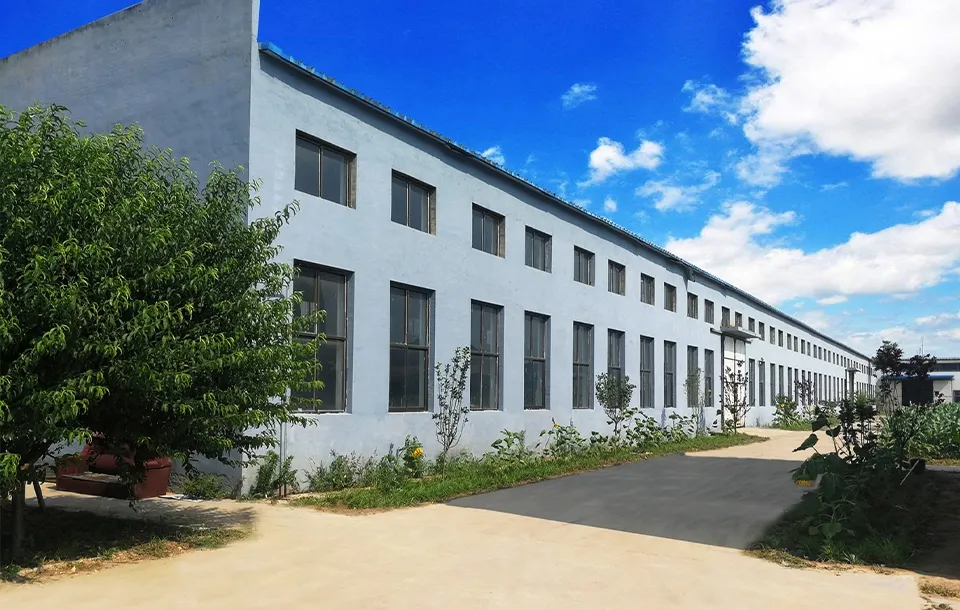9 月 . 23, 2024 02:07 Back to list
rubber joint
Understanding Rubber Joints An Essential Component in Engineering
Rubber joints, also known as flexible joints or rubber expansion joints, serve as critical components in various engineering applications. Their primary function is to absorb vibrations, accommodate misalignments, and allow for thermal expansion and contraction within piping systems. This article delves into the significance, types, and applications of rubber joints, emphasizing their vital role in maintaining the integrity and efficiency of various systems.
The Importance of Rubber Joints
In any mechanical or plumbing system, the need for flexibility and resilience is paramount. Rigid connections can lead to stress concentrations, resulting in potential failure points. Rubber joints provide a cushion that can absorb shocks and vibrations caused by machinery, thermal changes, or external forces. By incorporating these joints, engineers can extend the lifespan of infrastructure, minimize maintenance costs, and enhance overall system reliability.
Types of Rubber Joints
Rubber joints come in various forms, each tailored to specific requirements
. The most common types include1. Standard Rubber Expansion Joints These joints consist of elastomeric material that enables them to flex and swivel. They are typically used in piping systems to absorb vibrations and movements caused by temperature changes or mechanical operations.
2. Fabric-Reinforced Rubber Joints These joints incorporate layers of fabric to provide additional strength and durability. They are often employed in high-pressure applications and environments where there may be significant movement or stress.
3. Metal-Bellows Expansion Joints While not made entirely of rubber, these joints feature a rubber lining within a metallic structure. They offer enhanced flexibility and are useful in situations requiring the transfer of various fluids while minimizing pressure loss.
rubber joint

4. Conical Rubber Joints These are designed specifically for applications involving axial or lateral movements. Their conical shape allows them to accommodate significant changes in alignment or length without compromising performance.
Applications of Rubber Joints
The versatility of rubber joints makes them suitable for a wide range of applications across several industries
- HVAC Systems Rubber joints are extensively used in heating, ventilation, and air conditioning systems to isolate vibrations and facilitate movement within ductwork.
- Water and Wastewater Management In piping systems for municipal water supply and sewage systems, rubber joints help manage flow changes and provide a reliable seal against leaks.
- Power Generation In power plants, rubber expansion joints are essential in the cooling water systems to absorb pump vibrations and thermal expansion from heat exchangers.
- Transportation Rubber joints are utilized in rail and road transport systems to enhance comfort by dampening vibrations caused by movement and uneven surfaces.
Conclusion
Rubber joints are indispensable elements in modern engineering, providing flexibility and resilience necessary for the effective operation of various systems. Their ability to absorb shocks, accommodate movements, and enhance longevity makes them crucial in ensuring the reliability and efficiency of infrastructure. As industries continue to evolve, the demand for innovative rubber joint solutions will likely continue to grow, cementing their role as foundational components in safe and effective engineering practices.
Share
-
Understanding the Differences Between Wafer Type Butterfly Valve and Lugged Butterfly ValveNewsOct.25,2024
-
The Efficiency of Wafer Type Butterfly Valve and Lugged Butterfly ValveNewsOct.25,2024
-
The Ultimate Guide to Industrial Swing Check Valve: Performance, Installation, and MaintenanceNewsOct.25,2024
-
Superior Performance with Industrial Swing Check Valve: The Essential Valve for Any SystemNewsOct.25,2024
-
Industrial Swing Check Valve: The Ideal Solution for Flow ControlNewsOct.25,2024
-
You Need to Know About Industrial Swing Check Valve: Functionality, Scope, and PerformanceNewsOct.25,2024